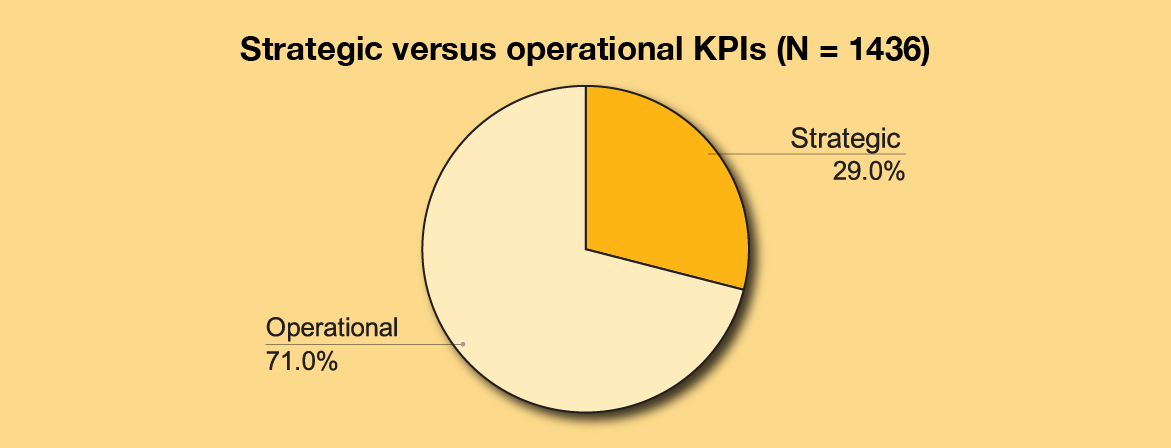While ensuring that employees receive accurate and timely pay will remain the top priority, payroll will also take on a more strategic role in helping organizations fully leverage their workforce and payroll data to make better decisions.
Strategic focus will be a mandate not just for professionals, but for the payroll industry as a whole. This directive will include automation, continuous improvement (through tracking of key performance indicators [KPIs]), data management, and a focus on reskilling employees.
Payroll administrators will become strategic advisors, continuously measuring business productivity and people costs.
Looking ahead, payroll professionals will be able to leverage technology to strategically:
- Optimize employees’ schedules to better meet business needs while optimizing costs
- Inform future recruitment needs
- Manage overtime needs and costs
- Scenario plan and forecast to anticipate business needs
- Reduce time spent on administrative tasks
Leveraging Strategic KPIs
PwC Canada reports that a strong majority of Canadian organizations are not currently measuring strategic KPIs. While 60 per cent of respondents said that their organization formally tracks KPIs, only 29 per cent of those organizations are tracking strategic KPIs.

In the future, new strategic business metrics need to be defined and actively monitored to measure the business impact of workforce and payroll data on the organization.
Payroll needs to define, monitor and report new metrics that capture the business impact of workforce and payroll data on the organization as a whole — and find better ways to analyze data and communicate results, such as visualization tools.
Payroll professionals of tomorrow need to view metrics as a necessary component of service delivery, using them to not only demonstrate and communicate the value of payroll to the organization, but also as a means to improve both processes and business decision-making.
